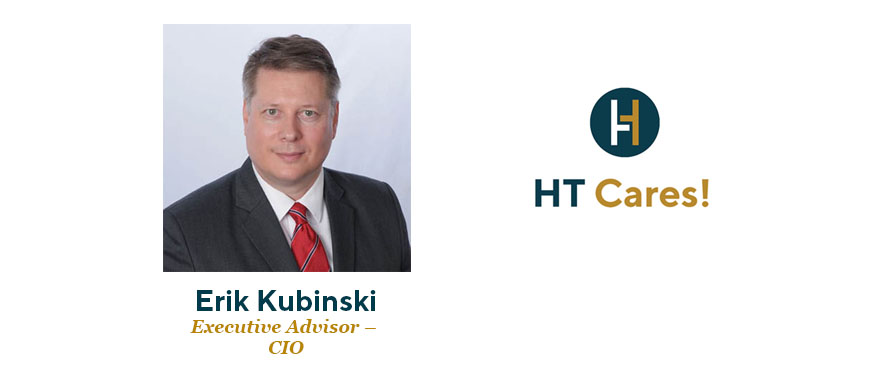One of my first interim CIO roles was at a small rural hospital in the heartland of America. I was brought on board shortly after the health system went live with a new enterprise-wide Electronic Medical Record system from Cerner. My immediate ask was to resolve critical issues in the Cerner Revenue Cycle solution that were severely impacting the financial health of the business and to prepare the IT department for a transition to new leadership.
When I first arrived on site, the anxiety in the air from the departmental staff was palpable. There was confusion as to who was doing what, misdirection from management, lack of priorities, no sense of urgency, duplication of work, rumors of layoffs, and most of all, one of the major themes among the non-management staff was anger, anger that no one seemed to be listening to them. The very talent that was needed in such a pressing time was walking out the door in droves and resigning.
Yes, the technical issues with the Revenue Cycle were still there and needed to be resolved at lightning speed. But at the same time, the people issues also needed to be addressed immediately. Because without the people, and their talents, nothing was going to get done.
So to address the people issues, I tackled it from two groups: management and non-management staff. For the management staff, I employed the typical good management tactics such as clear direction, work prioritization and plans, inclusivity and fluid communications, setting a strong pace, and so forth. But with the non-management staff, it needed to be more than management walk-arounds and an open-door policy. I felt that I needed to engage directly and one-on-one.
With a staff of about 80 and a departmental culture set before my arrival where the CIO was known to sit far removed in the C-Suite and rarely seen, my approach of “Coffee Time with the CIO” was a breath of fresh air for the staff and me. This was a time to get to know one another like no other CIO had done before with them. This was a time for us to sit and talk about anything we wanted. If they wanted, we would talk about how to fix the issues with the Cerner solution. We would talk about the plans for the department. We would talk about their careers. We would talk about my career. We would talk about their ambitions. We would even talk about their dogs and other pets if they wanted. We would just sit and get to know one another in whatever time it took us to finish our beverages.
The outcome of these sessions was not only personally rewarding for me but the impact on our team development took a great leap forward in terms of individual satisfaction and trust. The feeling of need and value among the staff was evident. We started to solve problems together and across divisions that we had previously not been able to do working in separate silos. And the staff turnover rates fell to near zero.
My management style is predominately collaborative and engaging. When I see the impact of my style in a time of urgency and crisis, I know that this can be powerful for any leader that has the courage and commitment to engage.
Read Erik’s Article:
Aligning IT with business strategy: Be engaged!




